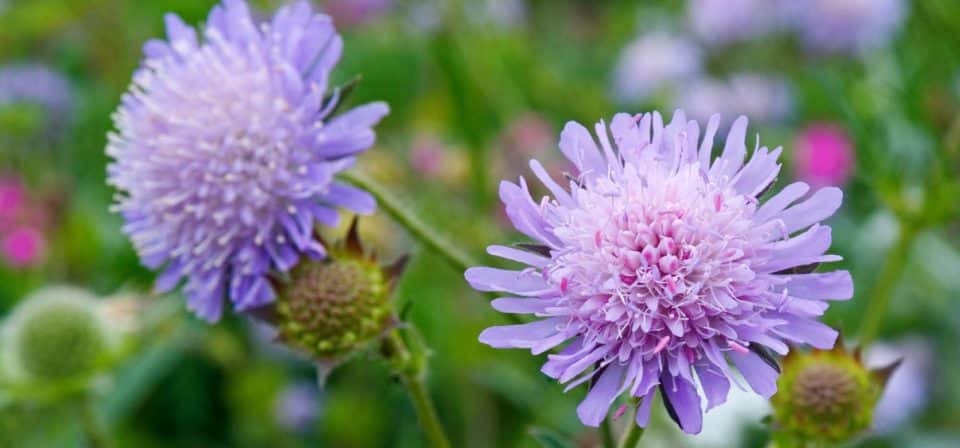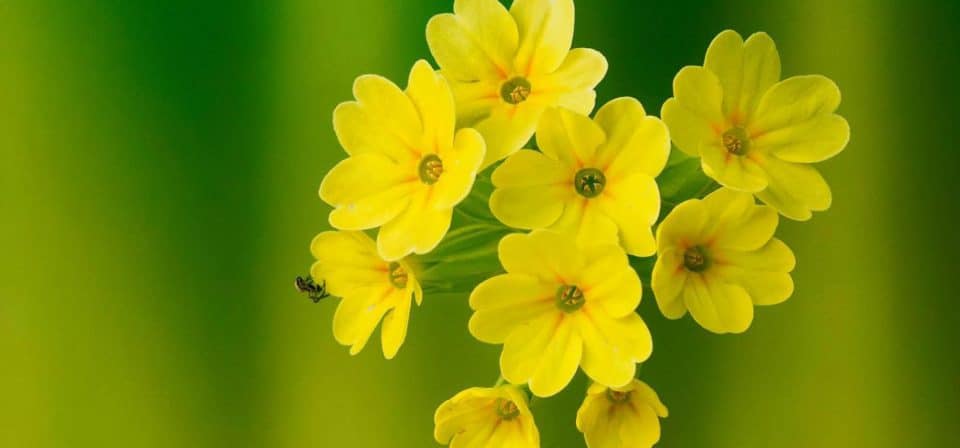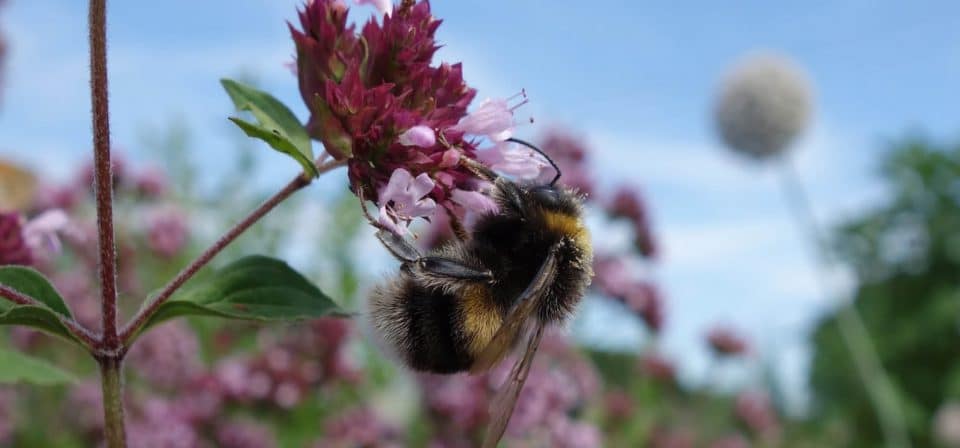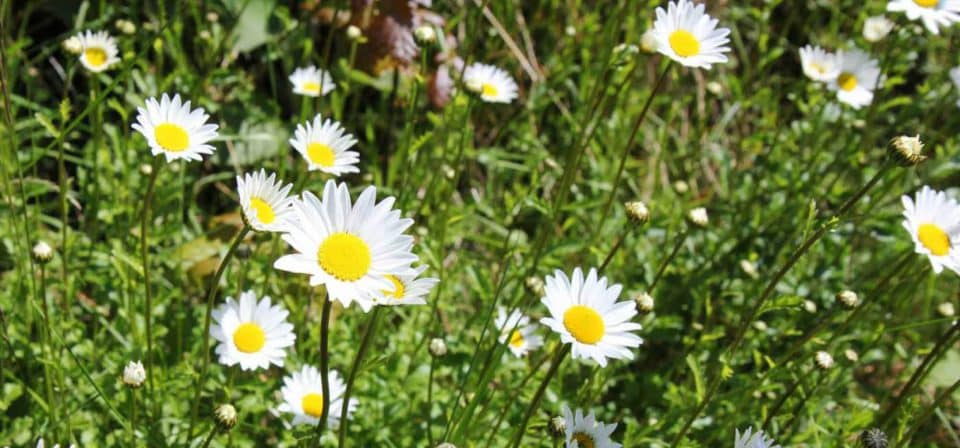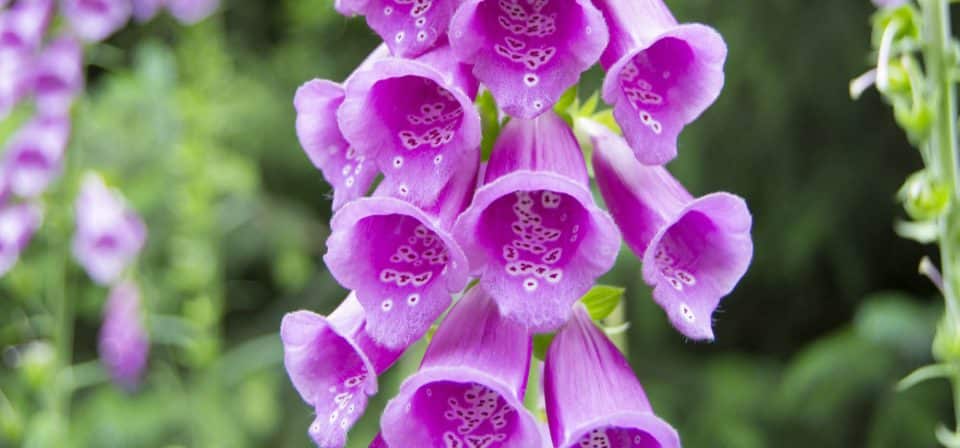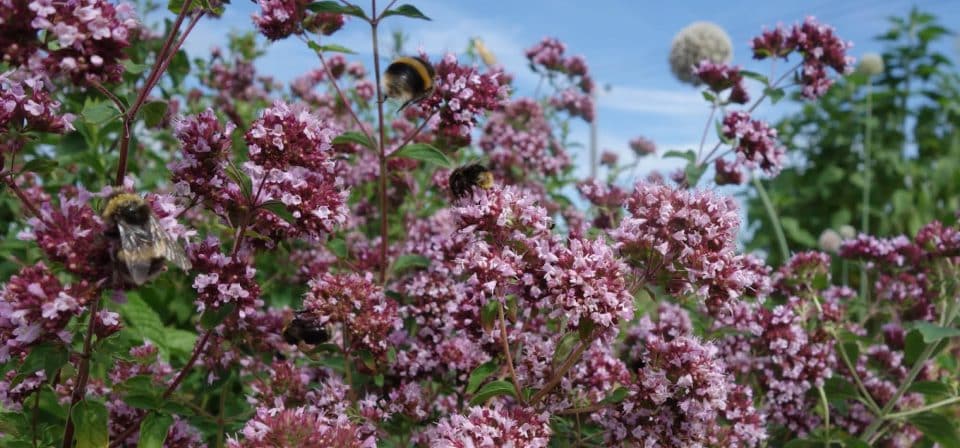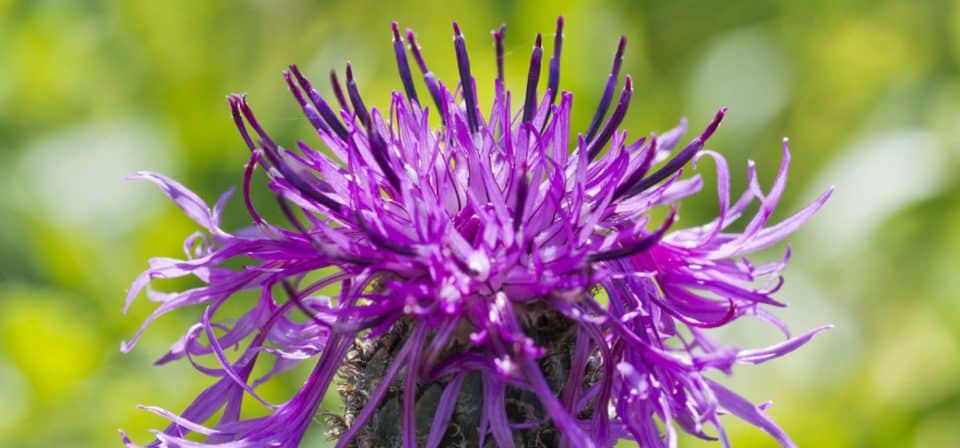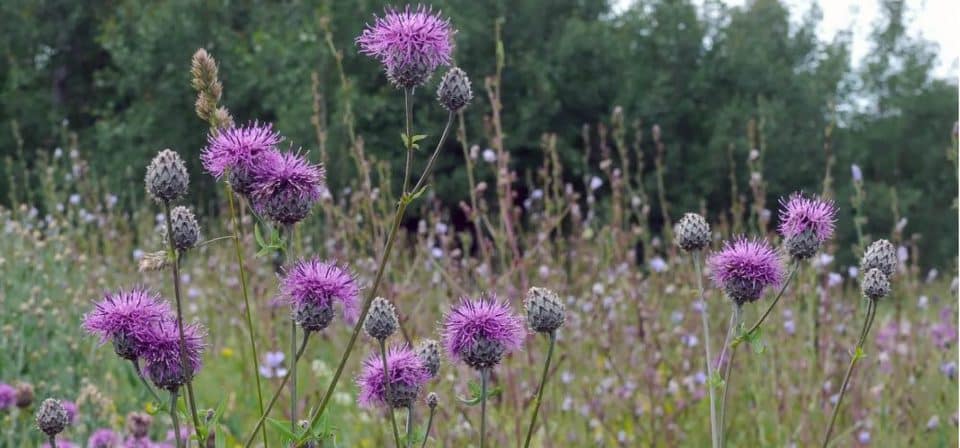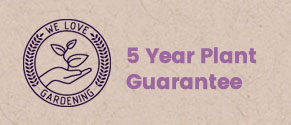Cowslip
One of the best known Spring flowers, these yellow beauties tend to be found in open woods and meadows. Cowslip likes sun or partial shade.
Oxeye Daisy
This robust daisy thrives from June to August and produces flowers that can be 6cm across. The yellow centre of the flowerhead attracts many nectar-loving insects.
Greater Knapweed
This upright perennial is a favourite of butterflies. Growing up to 75cm, it produces eye-catching pinkish purple heads made up of many small florets.
Wild Foxglove
This beautiful and bold wildflower grows up to 120cm in height and brings a wonderful dash of colour. An excellent source of nectar and pollen, this is loved by bees.
Wild Marjoram
More frequently known as Oregano, this plant produces delightful clusters of pink flowers and attracts butterflies and bees galore.
Field Scabious
Pom-pom like lilac blooms are produced atop long stalks, flowering between July and September. They bring a delicate and pretty feel to the garden.





